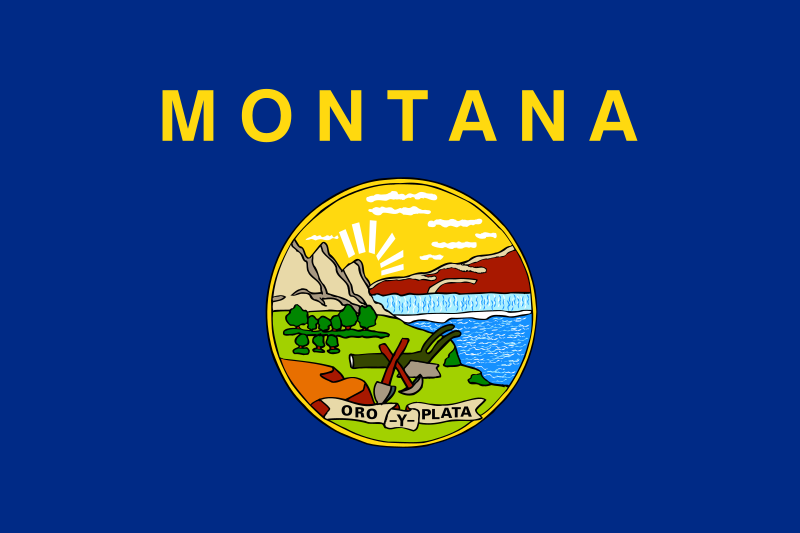Montana enacted new legislative district boundaries on Feb. 22 when the Montana Districting & Apportionment Commission submitted its final plan to the secretary of state. The maps will take effect for Montana’s 2024 state legislative elections.
The commission had voted 3-2 to approve its final plan on Feb. 11. The commission’s nonpartisan chairperson, Maylinn Smith, and two Democratic-appointed commissioners voted to approve the map, and the two Republican-appointed commissioners voted against it. The Montana Supreme Court appointed Smith.
Shaylee Ragar of Montana Public Radio wrote that “According to data compiled by Democrats on the commission, the map could give Republicans a 20-seat advantage in the House and an 8-seat advantage in the Senate. It projects Democrats picking up a few seats currently held by Republicans.” Arren Kimbel-Sannit wrote in the Montana Free Press that, “In sum, the new maps could cost Republicans several seats while still leaving them a sizable majority that at least suggests the GOP’s dominance in recent elections.”
Montana was the last state to enact legislative districting boundaries after the 2020 census. The state constitution requires that the redistricting commission submit legislative maps to the legislature so they can provide non-binding recommendations before they are enacted. Montana’s legislature only meets in odd-numbered years and adjourned in April 2021, before U.S. Census data was delivered to the states on August 12, 2021. After the 2010 census, Montana enacted new legislative district boundaries on February 12, 2013.
Additional reading:


